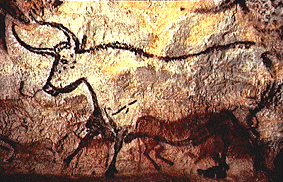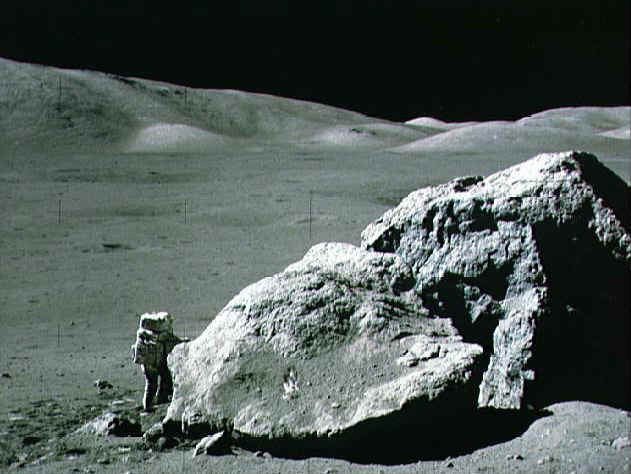|
|
Mathematical and Technological Literacy I |
|
Please do the following at the beginning of every computer activity.
a. Open a new Word document. At the top of the document enter all group members names and last names, and Activity number.
b. Click on the Office Button in the upper left corner, then slide over "Save As". Choose either "Word Document" to save your document as a Word 2007 document or "Word 97-2003 document" to save your document in an early version of Word. If you are not sure which to choose, you should use "Word 97-2003 document". When you are working on your document in class, first save the document to the desktop by setting the "Save in" textbox to "Desktop". (Saving to the desktop makes it easy to retrieve your work when you are finished.) Your file name should be entitled something like "Group Activity 1". Last, confirm the save as type in the last box. (*.docx) is the suffix for a Word 2007 document. (*.doc) is the suffix for early versions of Word. When you are leaving the class, upload your saved document into your Group files folder in D2L. That way if you completed your activity you can submit it via d2l dropbox, and if you are not yet finished you can access the partially completed file via D2L to complete it later.
How to save your file: Always save your work as .doc or .docx format.
Where to save your file: When working in class, save it on your desktop. When leaving class, always save your activity in the Group Files under your Activity Group in D2L. All work must be saved here. Additional options of saving such as email or flash drives are only back up methods and should not be used as primary modes of saving.
How to submit your activity: Once you complete your activity you need to submit it through D2L's Dropbox, under the correct dropbox for your activity. To ensure that you get evaluated and get a grade, make sure you submit before the deadline.
Deadlines are strict, no exceptions. Late submissions are not accepted. Incorrect submissions, submissions which cannot be opened due to wrong file type, or corrupt files will not be graded and will receive a grade of zero. Plagiarism receives a zero as a grade and will be reported without exception.
Learning Goals for this Activity
1. Some of the most famous Cro-Magnon cave paintings are located in
Lascaux, France. On the right is an image from Lascaux. Charcoal found in the cave has
approximately 14% of the carbon 14 found in living wood. Estimate the age of the
paintings. Carbon 14 decays approximately 1.202% every 100 years. (Hint. One way to
approach this is to make a table in Excel that looks like
Continue the table until the percentage of Carbon 14 is about 14%.) |
 |
||||||||
2. (Age of moon)
|
 |
||||||||
| 3. An analysis of charred oak from an excavated pit at Stonehenge allowed scientists to estimate that the structure was 3,800 years old. Estimate what percent of Carbon 14 remaining was found in the sample they tested. Carbon 14 decays approximately 1.202% every 100 years. Either copy and paste the portion of your table showing the answer or show the calculation used to answer the question. |
|